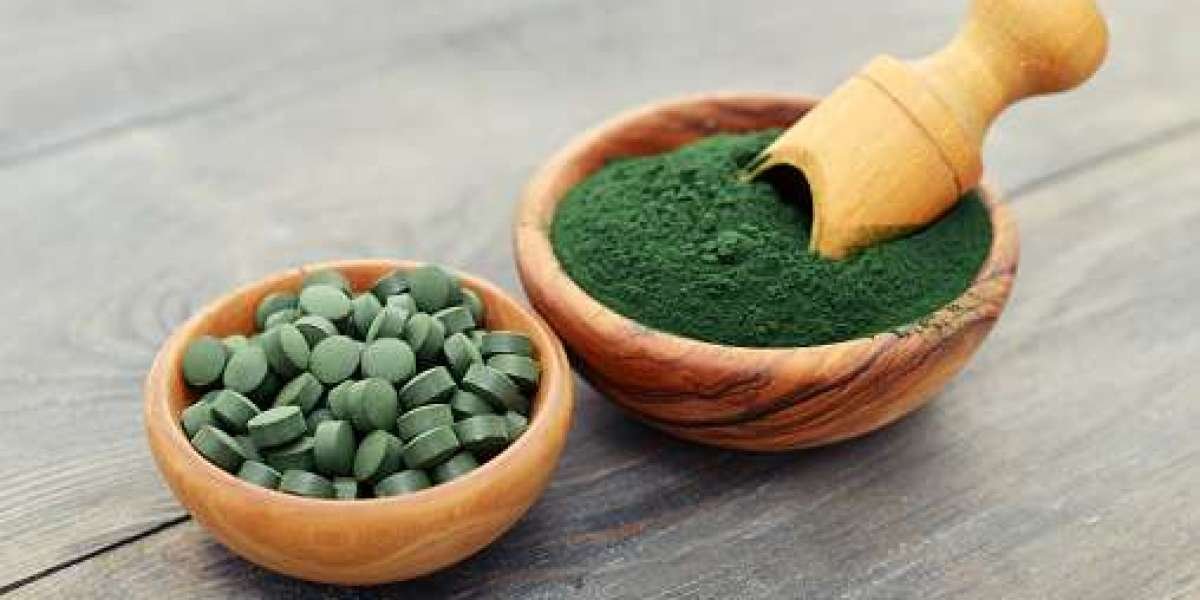The beverage industry is experiencing rapid innovation as brands search for natural, nutrient-dense ingredients that deliver functional benefits. Spirulina has emerged as a versatile ingredient for functional beverages—used in smoothies, immune-support shots, botanical blends, and ready-to-drink protein shakes. Its vibrant blue-green pigment also provides marketers with eye-catching shelf appeal, especially in products targeted at millennials and Gen Z consumers who value 'Instagrammable' health foods.
For detailed market sizing and forecast data, consult the Spirulina Market Growth. The report provides regional breakdowns, segmentation by application, and insights into pricing dynamics that are invaluable for beverage developers.
Formulation challenges center on taste and stability. Spirulina's characteristic savory, oceanic flavor can clash with sweet bases, so formulators often combine it with strong flavors—citrus, tropical fruits, or turmeric—to mask off-notes. Microencapsulation techniques and ingredient blends help improve dispersibility and shelf stability. When used as a natural colorant (phycocyanin extraction), processing steps must preserve pigment integrity to prevent color shifts during storage.
From a consumer perspective, products marketed with clean labels, transparent sourcing, and clinical backing perform better. Education is key—clear messaging on serving size, nutrient content, and suggested use occasions can help convert curious shoppers into repeat buyers. Retailers increasingly test small-batch, seasonal flavors to gauge interest before scaling up.
Supply-chain considerations: beverage manufacturers require stable, food-grade spirulina with certification for contaminants, heavy metals, and microbial purity. Working with suppliers who provide third-party testing and batch-level traceability reduces quality risks. Contract manufacturers experienced with algae ingredients can accelerate time-to-market.
Regulatory landscapes vary: some countries have established timelines for novel food approvals, while others apply existing supplement or food regulations. International brands must navigate these frameworks when planning global launches, and MarketResearchFuture's report offers a comparative regulatory overview.
Sustainability is another selling point. Spirulina's low water and land footprint compared with animal proteins resonates with eco-conscious consumers. Brands leveraging regenerative narratives—closed-loop cultivation, renewable energy in farms, and community-benefit stories—often see stronger brand loyalty.
Recent launches show that limited-edition collaborations—mixing spirulina with adaptogens or probiotic cultures—generate social buzz and trial. Looking ahead, expect more personalized nutrition offerings where spirulina is combined with tailored vitamin blends for targeted benefits like energy, relaxation, or digestive support. Practical next steps for beverage teams: run stability trials under accelerated aging, validate sensory profile with target consumers, and secure supply agreements with clauses for quality testing and replacement. Use point-of-sale education and sampling programs to reduce taste resistance. Ultimately, beverages that successfully integrate spirulina balance functionality with enjoyable flavor — turning a nutrient-rich algae into a mainstream pantry staple.



